They say that two is better than one, and that a perfect pair works better together than either does alone. The same is true with certain nutrients. This is something called nutrient synergy: nutrients working together to produce an even greater health benefit than the sum of the two individual benefits. Because they enhance each other’s absorption, or the physiological effects are just more potent when joined together, synergistic effects can help lower risk of stroke, osteoporosis, heart disease and more.
Vitamin C and Iron
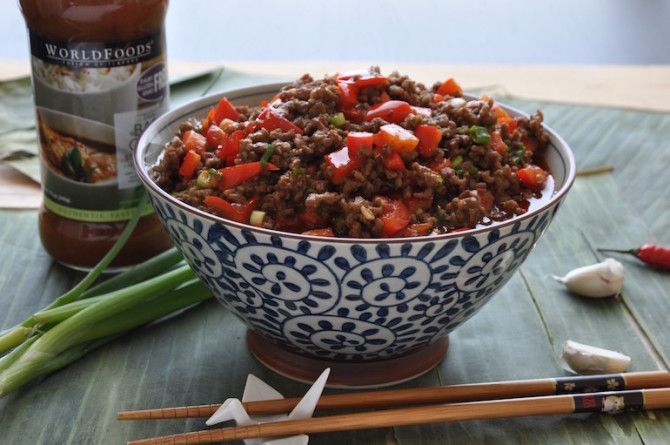
Photo by Helena Lin
Iron isn’t fully absorbed from food we eat, especially iron eaten from plant foods. Vitamin C acts as a catalyst that helps our bodies absorb more iron from our food, which is crucial to oxygen delivery throughout cells in the body.
Where to get the nutrients: Vitamin C can be found in broccoli, citrus, leafy greens, strawberries, and tomatoes. Good sources of iron include beans, beef, iron-fortified cereals, seaweed and spinach.
Cook up the synergy: Try a steak and veggie stir fry or make a spinach salad with veggies and strawberries to harness the synergy.
Calcium, Vitamin D and Vitamin K
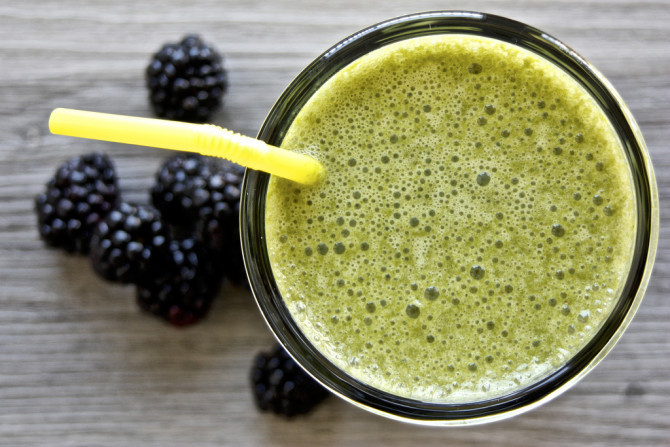
Photo by Christin Urso
Calcium is known as the bone-building nutrient, but Vitamin D is needed for calcium absorption and vitamin K tells calcium when it needs to go to the bones, or get out of the body when build up isn’t necessary.
Where to get the nutrients: Calcium is found primarily in dairy products, but also found in almonds, beans, sardines and tofu. Vitamin D is in eggs, mushrooms and fortified milk. Vitamin K is found in broccoli, cabbage, leafy greens, snap peas and soybeans.
Cook up the synergy: Whip up an omelet with broccoli, milk, cheese and mushrooms or start your day with a smoothie made of yogurt, milk, spinach and fruit.
Vitamins C and E
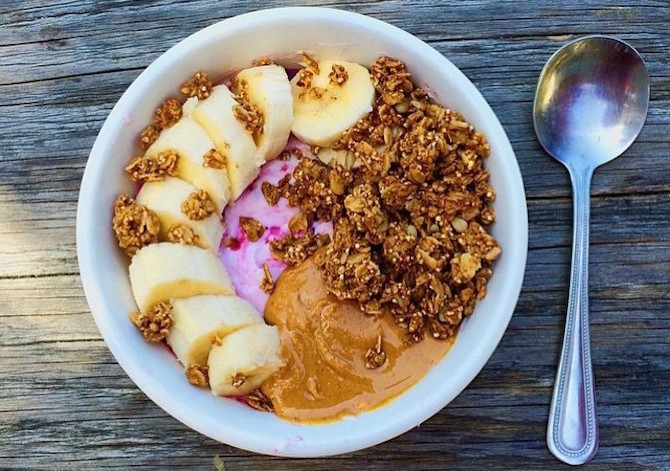
Photo by Maggie Harriman
Both vitamins have antioxidant properties that help protect cells against damage caused by free radicals. They act as a defense system for healthier cells and work better together than alone in slowing oxidation of cholesterol.
Where to get the nutrients: Vitamin C is in citrus fruits, berries, leafy greens and Brussel sprouts. Vitamin E is found in avocados, nuts and seeds, peanut butter, vegetable oils and quinoa.
Cook up the synergy: Make a yogurt parfait with berries, nuts and seeds or make a quinoa bowl with avocado, spinach and tomatoes.
Potassium, Magnesium and Calcium
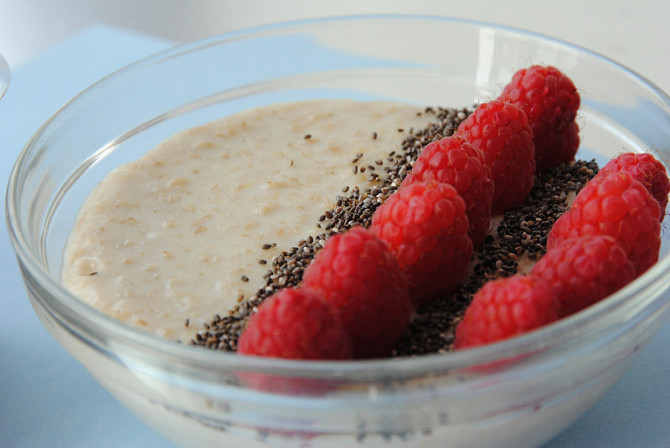
Photo by Phoebe Melnik
The group dynamic between these three minerals is to promote proper nerve function and electrolyte balance, and reduce blood pressure. Because of this, too much of one of these minerals will hinder the absorption of the others.
Where to get the nutrients: Along with the calcium sources from above, potassium can be found in bananas, beans, milk, potatoes and tomatoes. Magnesium is in almonds, beans, leafy greens, oats and seeds.
Cook up the synergy: Make a bowl of oatmeal with almond milk and top with sunflower seeds and banana, or make a bean salad served over spinach and tomatoes.
Vitamins B6, B12 and Folate
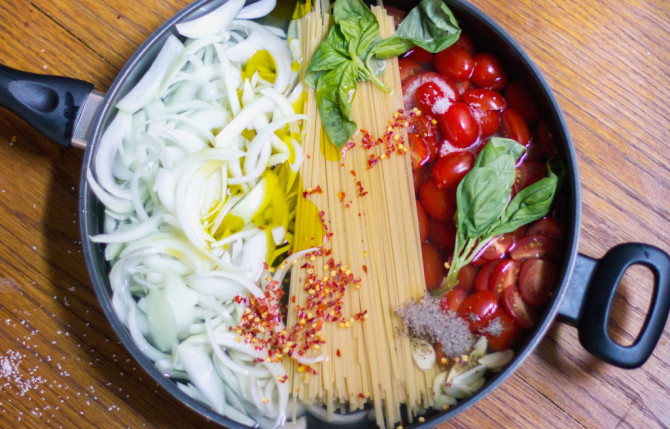
Photo by Abigail Wang
Together, these three vitamins work to lower level of homocysteine, an amino acid, in the body as well as maintain brain health and proper neurological function.
Where to get the nutrients: Vitamin B6 is found in brown rice, chickpeas, lentils and sunflower seeds. Vitamin B12 is found in beef, fish and seafood and poultry. And folate is found in artichokes, avocados, berries, broccoli, mangoes, soybeans and spinach.
Cook up the synergy: Make a pasta dish with broccoli, chickpeas and chicken or a brown rice bowl with broccoli and shrimp.




